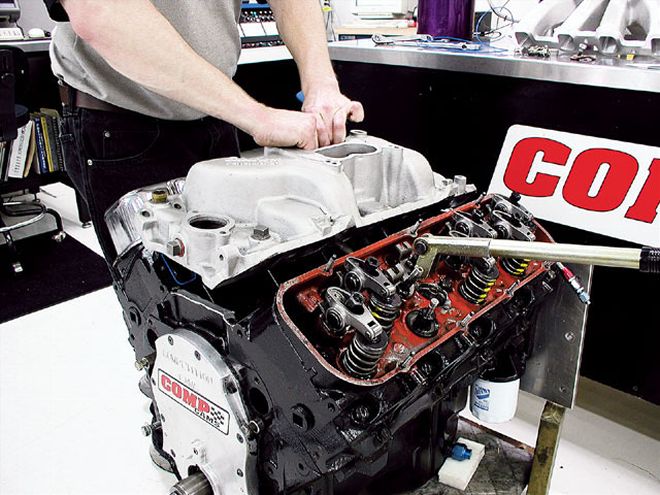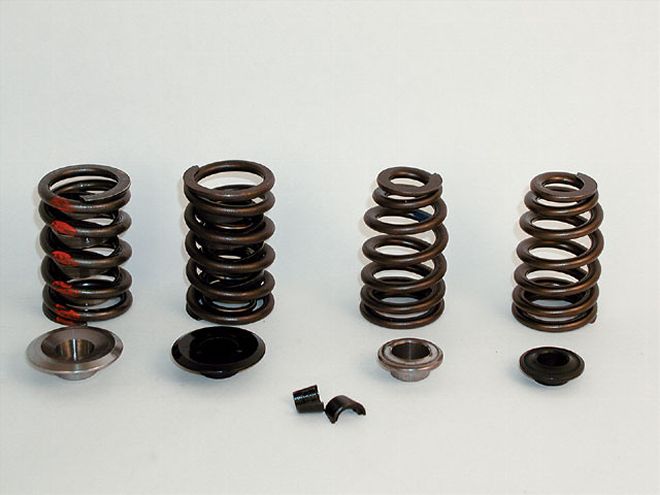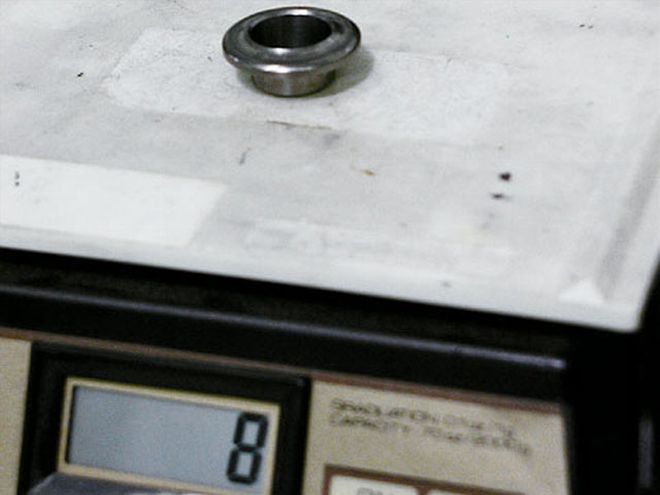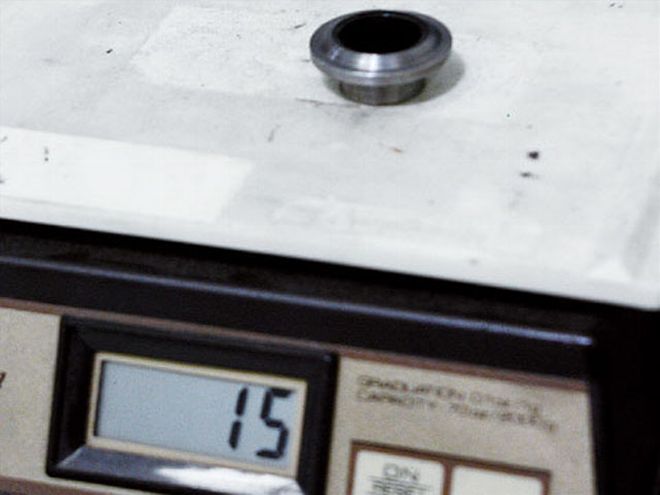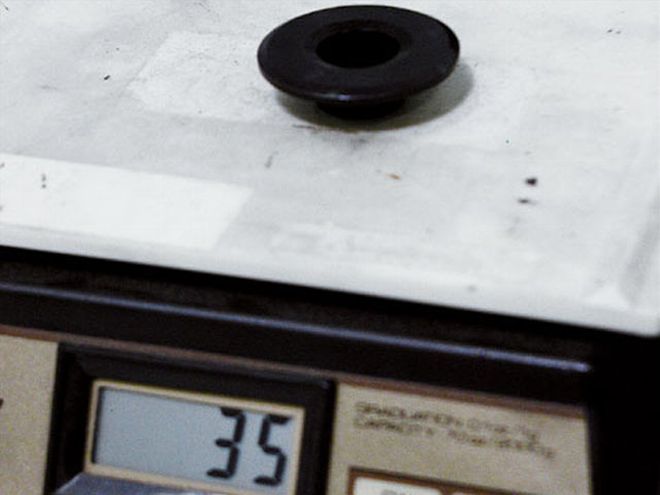Performance tricks are usually just that, slight-of-hand changes that really do little to improve performance. After all, if it were that easy, everyone would be doing it, right? But, the simple fact is that valvespring technology has been moving in giant leaps these days. Ask any NASCAR engine builder behind closed doors and he'll tell you about his lightweight retainers and valvesprings, perhaps the most significant change in the last 10 years. These beehive-shaped springs feature a lighter retainer and lighter weight spring. The effect is a better revving, more durable engine and a big-block that revs like a small-block.
So, what does this mean for your street truck? That same new technology that helps improve the performance of Jeff Gordon's small-block can work for your street engine. Through extensive testing, Comp Cams has created the ultimate big-block beehive-style valvespring, which you can add to your current engine (without having to take it completely apart!) or your next engine project. The benefits, as we were to find out during our comparison testing, were far more reaching than just the obvious improvement to be had from simply installing a set of fresh springs. As it turned out, the change altered the personality of the entire engine and allowed us to do some interesting performance enhancements.
The beehive spring shape has become quite the buzz as of late, commonly used in many OE engines as well as Nextel Cup competition. Why? Because as we were to learn during the testing, the beehive shape is actually more stable than standard cylindrical springs. The benefit? Larger valve stems, like those commonly used in big-block engines, aren't required.
With performance engines, weight is the enemy. Things like valve retainers are costly items, but the weight savings is real. The entire titanium valvespring retainer business is based on the need to lower valvetrain weight to improve performance. Lower weight valvetrain components improve the durability of the engine, allowing it to rev higher and quicker. If valvesprings are the limiting component in today's big-block engines (and they are), making them better and lighter is a big deal.
"Beehive springs feature smaller, lighter retainers, greatly helping the engine achieve much higher peak rpm," said Chris Douglas of Comp Cams. "That allows the engine builder to switch to high lift and more aggressive camshaft to increase performance."
Our test was to compare cylindrical valvesprings to the new beehive springs. For the test, we used Comp Cams' big-block test mule on the Spintron. We featured the company's traditional 924 cylindrical springs with both titanium and steel retainers. This very traditional yet very high-performance spring features both an inner and an outer spring. The total weight of the spring, as noted in the chart, was 140 grams. The beehive spring (PN 26120-1) is a single coil spring. The total weight is 99 grams. While it may appear that the dual spring is a stronger spring than single coil beehive, we were told that the comparison was a good one.
"The beehive design, which incorporates the ovate wire (a uniquely shaped and innovative design), does not require a second inner spring," said Douglas. It is more than capable of handling equivalent if not enhanced performance demands. That is one of the main benefits of the spring, lighter weight and better performance."
The ovate wire used in the beehive spring is actually teardrop-shaped rather than round. According to Comp Cams, this allows the spring to deliver better performance with actually less seat pressure and better durability. Sounds good. Time for the test.
Weight a MinuteThe test began by installing the 924-1 cylindrical valvesprings on the engine and chucking it into the Spintron. We used both steel (test #1) and titanium (test #2) valve retainers along with 3/8-inch steel valves and steel valve locks. We ran the engine as high as 7,000 rpm and watched what happened.
For tests 3 and 4, we installed the 26120 Comp Cams beehive valvesprings. Again, we used steel and titanium valve retainers. While the look was considerably different, there was no difference in sound or any required part changes. The same valve locks were used as well. The biggest difference was obviously the weight. The retainers were significantly lighter with the beehive units-dead weight, according to the Comp Cams engineers.
"It's like installing titanium valves in your engine," said Douglas. "Guys spend a lot of money on lightweight valves when they can get the same effect and the better performance of the beehive spring for a lot less money. These springs are not expensive, comparatively to standard cylindrical springs. It's almost like free power.
What This MeansThe tests, as the charts clearly show, demonstrate that the beehive springs, with less weight, are quicker revving and more stable than the traditional cylindrical spring. For owners, changing springs with the engine in the car can achieve the benefits of this lighter valvetrain mass. If your engine is older, a valvespring change can be a quick lift to the engine's performance. If you are ready for a camshaft change, installing these springs allows you to select a hotter-performing camshaft due to the increased abilities of the valvesprings to keep the valvetrain in line. If you are building an engine, these springs are a simple upgrade that any big-block engine builder should consider.
What Is a SpintronIf there is one tool that has changed the look of engine component testing today, it is the Spintron, a device that spins the engine's valvetrain, while four sensors, high-speed cameras, and lasers map out the internal dynamics of what is going on inside. Comp Cams' Spintron testing program helped develop its new beehive valvespring.
